
QANTAS: the future of A350s with the airline
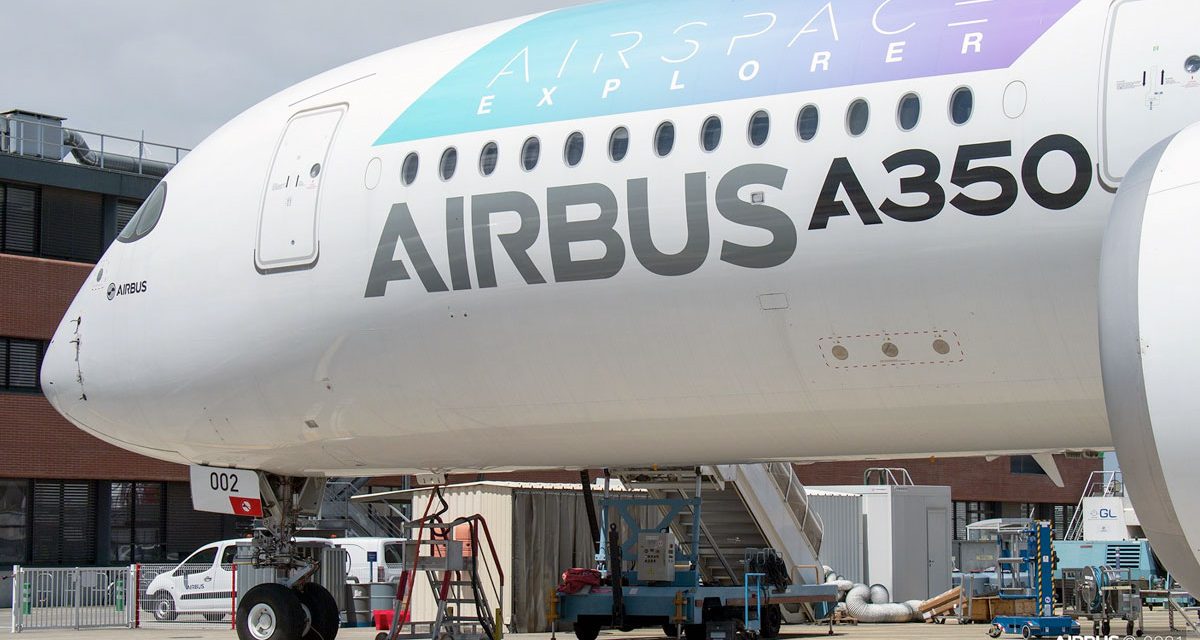
With all the hoo-ha surrounding the reveal of the First and Business class seats for the Qantas Project Sunrise, which don’t even get to see for another two and a half years – late 2025 is the current prediction – a couple of things about the long term plans for the Qantas fleet sort of got overlooked.
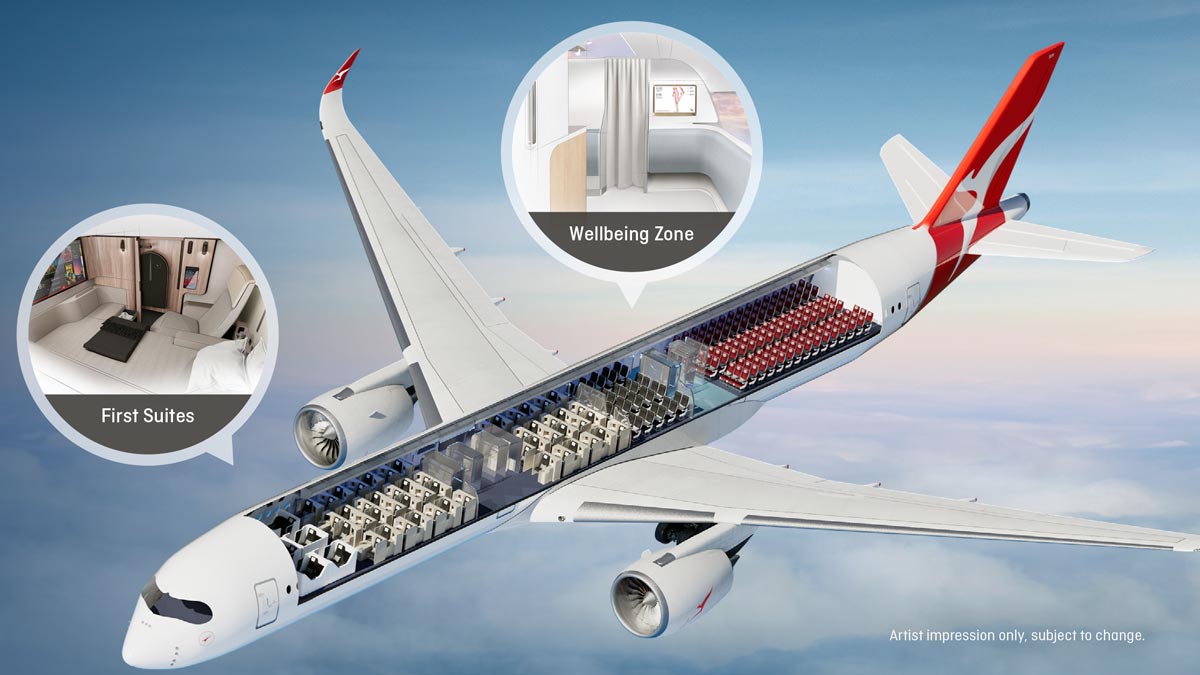
Content of this Post:
Fleet age and Project Sunrise
These ultra-long flights at 18 to 20 hours are the reason Qantas commissioned Airbus to build the A350 ULR planes, but that’s not the only reason. Qantas needs to have a replacement for its A380s lined up to take over their routes probably by the end of the decade. It has 10 of them with an average age of 13.5 years. It also has 11 Boeing 787 Dreamliners that are about 4.4 years old, that will also need to be replaced in the next decade.
That’s why we won’t just see these new A350s used for ‘new’ Project Sunrise routes. The ‘new’ is in quotes because they are not entirely fresh routes. Qantas has been flying to London since forever, it just hasn’t been able to do it directly from the East coast in one flight.
In the slew of releases it has made this week, it has confirmed that the A350s will take over from the Boeing 787-9 aircraft it currently uses on the Perth to London route in 2026. The industry is expecting a further order of the A350ULRs, to replace the A380s – which pre-pandemic were scheduled for retirement, but have had somewhat of a rebirth now that customer demand is peaking, but capacity is low. Still, the super jumbo double-deckers are expected to retire around 2030. With premium prices almost double those of pre-pandemic and virtually full planes, the operating financials of the A380 will definitely be in profit. Look at the Qantas half-yearly results if you are in any doubt.
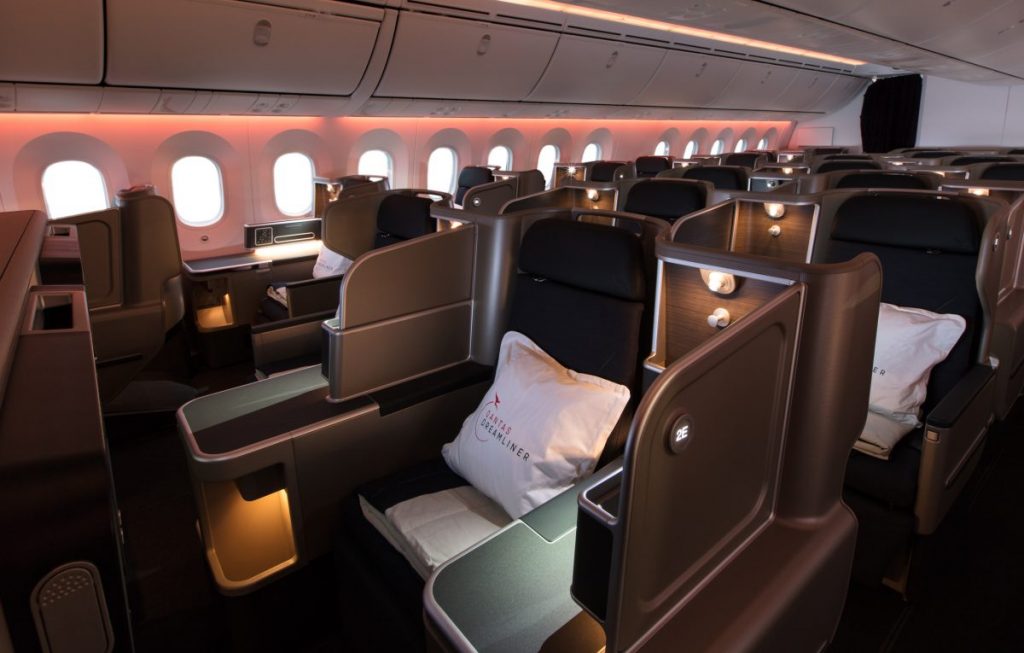
Advantage of A350s over A380s and B787-9s
These long-haul aircraft have some advantages over the planes they are scheduled to replace. The A380s are four-engined gas guzzlers, and when international capacity returns and prices head down, Qantas will be challenged to run them economically. On the other hand, the two-engined, energy-efficient A350s are set to have a premium heavy cabin – a greater percentage of Business and Premium Economy seats than on the super jumbos that should make them more flexible.
Although the Boeing 787s and the Airbus A350s have very similar capacity, again, the A350 will be premium cabin heavy, starting with a First Class cabin which the Qantas 787s don’t have. That gives Qantas higher yielding premium cabins in the A350 over the Dreamliner.
All Airbus fleet ?
The natural conclusion is that Qantas – if it chooses to retire its Dreamliners, might end up being basically an Airbus only fleet. It might be efficient in terms of maintenance and engineering, but is it good for negotiating with airline manufacturers?
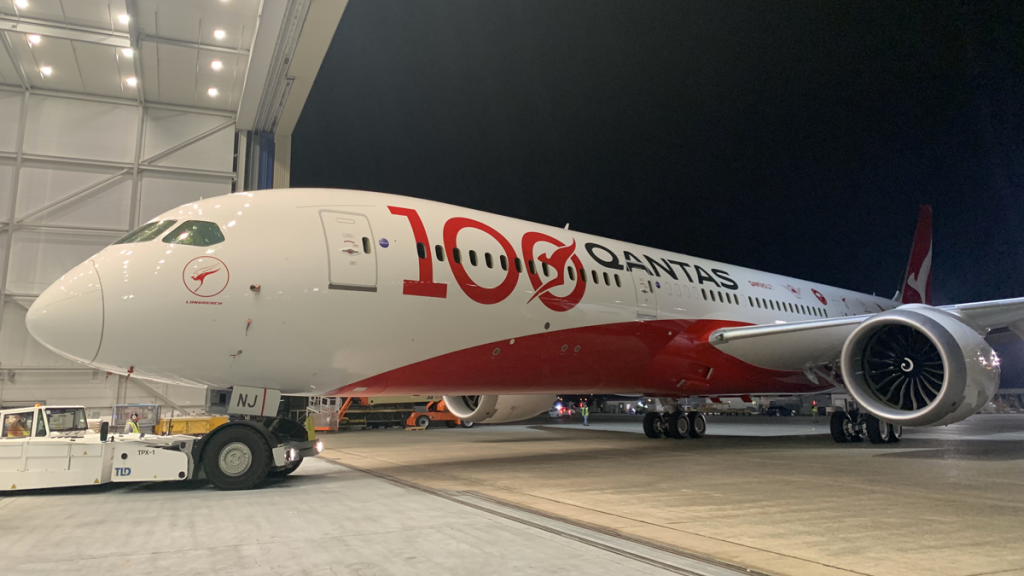
2PAXfly Takeout
The A380 is one of my favourite aircraft, and Qantas First Class is one of the most enjoyable cabins to experience. I will mourn their loss. However, the A350s promise energy-efficient comfortable travel and ultra-long-haul flying for Qantas customers.
To be honest, I am not a fan of the 787 – in general, and of those electronically controlled tinted windows in particular. I will not be sad to see them exit the Qantas fleet.




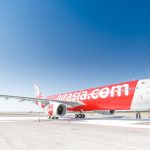
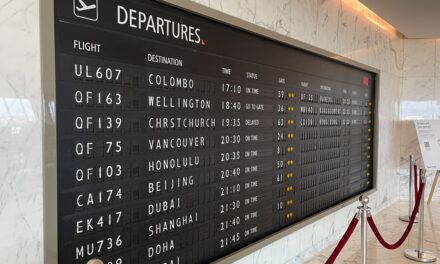
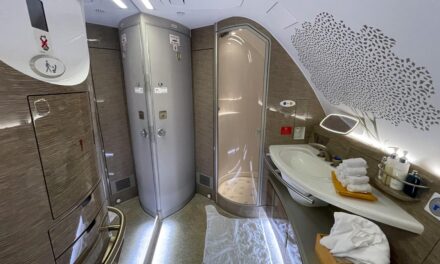
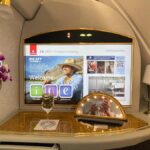
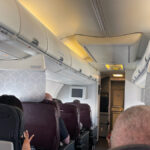



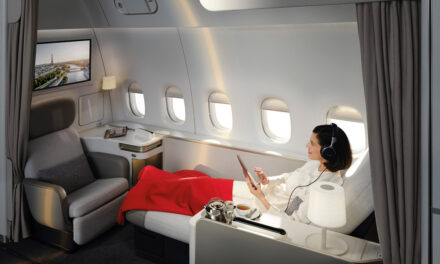
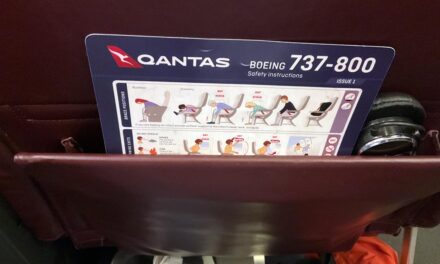
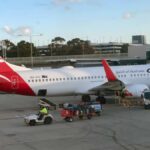








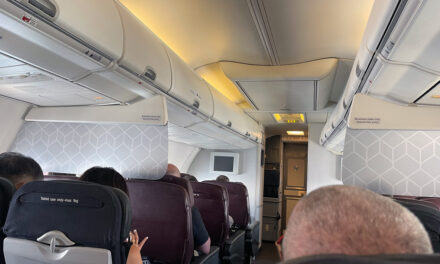











What did you say?